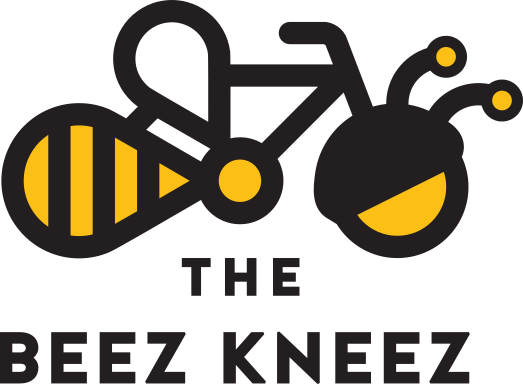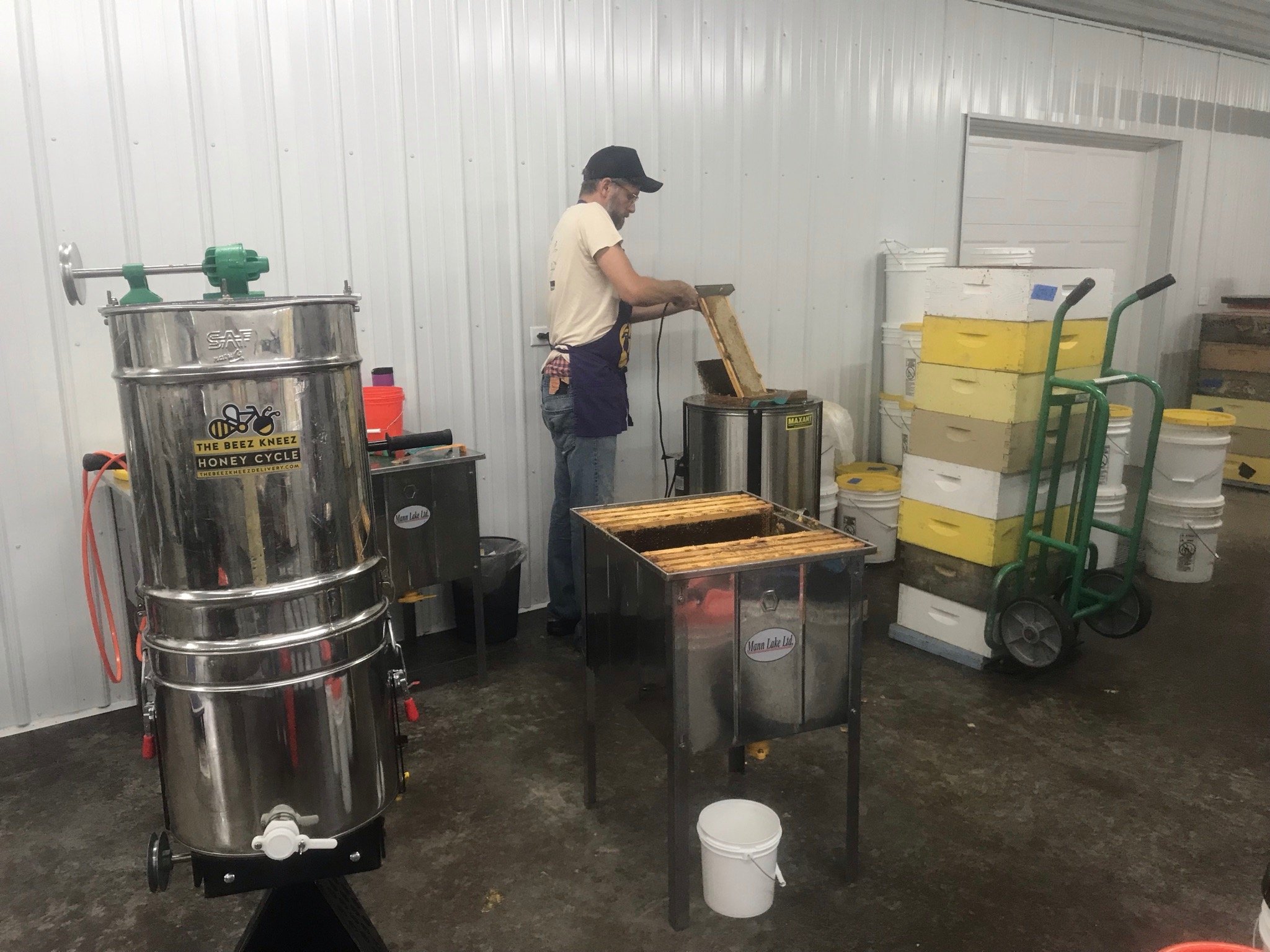2021 Beekeeping Season...Where did it go?! What should I bee doing in November
DROUGHT=HONEY, MORE BEES MORE PROBLEMS, OXALIC DRIBBLE, WARMER THAN AVERAGE ALL YEAR
So hopefully those of you following this blog were able to look back at other monthly posts to help guide you through the bee season. My apologies for not keeping up. As you know, it has been a tremendous year of transition for The Beez Kneez. I am sure you know many that have upended lives, made big changes, business as usual was disrupted. The era of the COVID is one, unfortunately that we will never forget. On the other hand, one must find the silver lining, the good out of the bad and move forward stronger as a result. Beekeeping is no different. You will make mistakes, you will lose a hive, and you will probably beat yourself up a little or a lot. The beekeepers that eventually succeed, pick up their hive tools the next year and learn how to be better beekeepers.
If I had one word to sum up this beekeeping season it would be Honey! It was a record year for us at Beez Kneez. I still don’t have my final totals but I can tell you it is probably my best if not a close second. What data I have collected suggests 100lb average. And those of you who started hives on new equipment, should have seen the bees really draw out wax. I was shocked. I thought for sure the drought would have an adverse affect but their was enough moisture left over from the winter and spring combined with the heat made for a lot of nectar. I really worry about next year. We really need more rain and snow. If the same drought conditions happen in 2022, I’m afraid the nectar flow will not materialize. November is starting off with some cold days but highs in the mid 50’s for this weekend?! And dandelions blooming again?! Oye.
WHAT ARE THE BEES DOING IN NOVEMBER 2021
My biggest concern is the colonies losing too much weight before real winter sets in. I saw yellow pollen coming in just a few days ago. While I am happy the bees are finding food, I really want them to go to bed for real. With the extension of the season, my bee behavior compass is a bit out of whack. But logic would tell you that the bees are in major slow down mode because there is not any nectar and very little pollen. Final patches of brood have hatched or are hatching this week. The bees needed to keep the hive healthy and sustained through winter are being born and on hives with Hygenic behavior, are kicking out sick pupae and dead bees. Drones are being expelled from the hives for the most part but I have noticed some that are keeping the boys around a little longer. A common trait in Russian hives that get going faster in the spring. For the most part though, the bees are clustered at night and breaking cluster during the day. Some flying during the really sunny, warm parts of the day.
What is the Beekeeper doing in November 2021
More bees, more problems is something I say a lot. And I hope this isn’t confusing. Sometimes I mean the number of hives you keep and sometimes I mean the number of bees in the hives. I like having big healthy hives. It makes me feel good most of the time. However, in my experience, a big hive that overwinters and makes a lot of honey that does not get a brood break in the summer at some point-spilt or swarm, ends up with mite loads that make you want to scream. For the most part, the overwintered hives that I split and got a new queen, kept mites low. Those that had the original queen from the year before, minus a few outliers that have shown mite resistance, exploded with mites and I spent the whole late summer and early fall checking and treating with formic pro. At this point, some of them look ok, some of them already fell apart and absconded and some have very small clusters and little hope of survival. Because of the high honey year, we will have a high mite year and it is for this reason, I will give everyone oxalic dribble this coming week. I have moved away from the vaporizer. The dribble is much safer for the beekeeper to apply and I have seen mites drop the next day via a sticky board. See the photo above. And as far as the dribble being hard on the bees, I have never lost a queen using this treatment once a year and the collateral damage from the high mites counts this year will be much worse. The other thing I will be doing this month is adding a top piece of insulation between the inner cover and the telescoping cover as well as a mouse guard to the bottom entrance. And when it gets colder and the bees won’t be flying for a few weeks, I will push hives together for the bee buddy system, insulate the sides and wrap them. Check out this article for reminders on bees and thermoregulation, moisture and the need for insulation. https://www.beeculture.com/winter-management/









